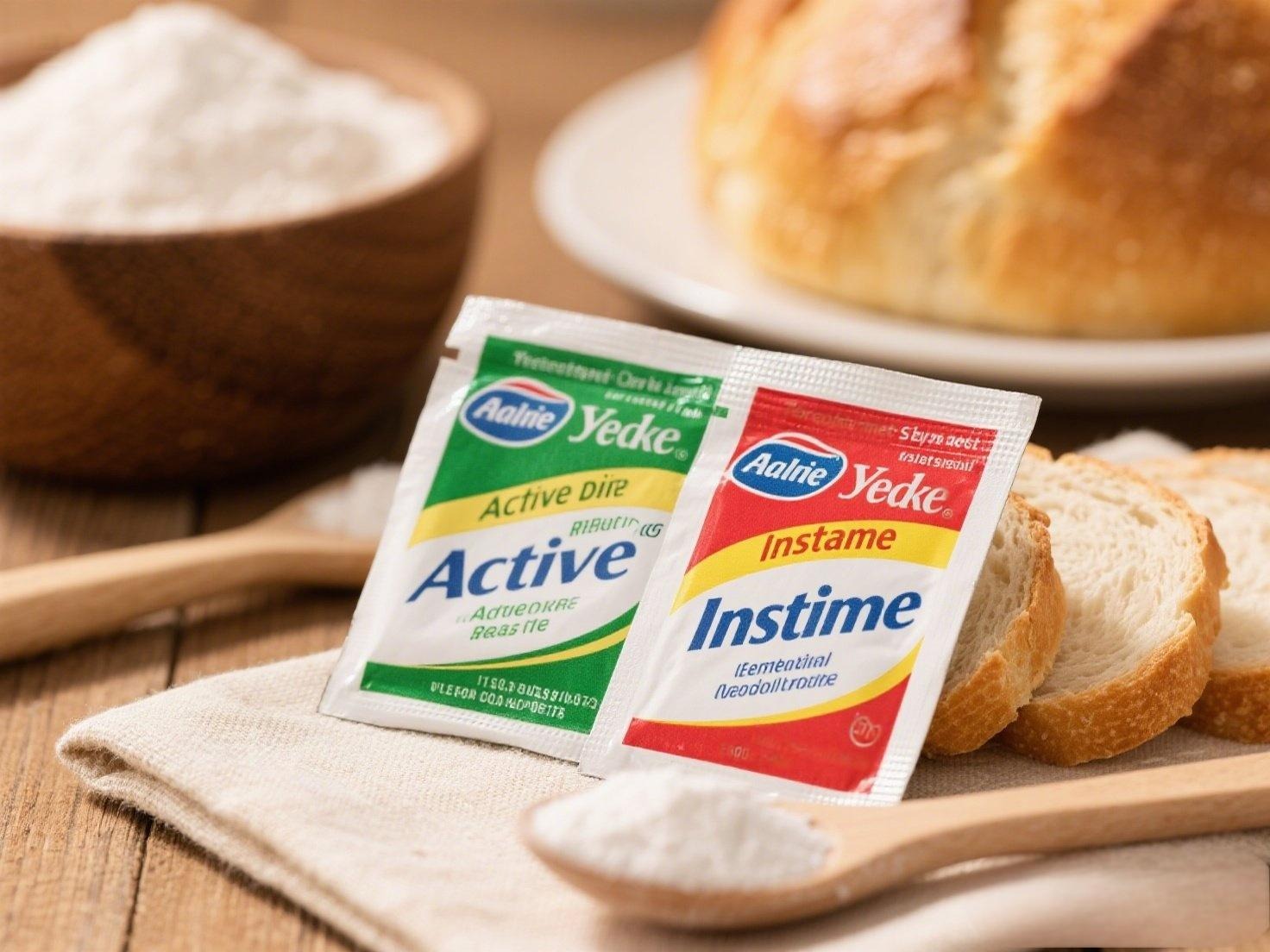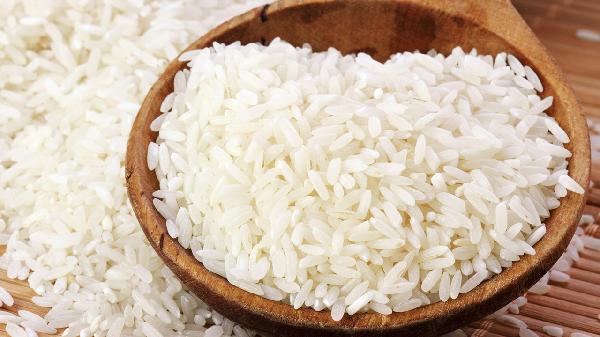If you’ve ever stood in the baking aisle staring at packets of yeast like they’re some kind of mysterious science experiment, you’re not alone. Yeast can be a little intimidating, but once you crack the code, it’s just a tiny powerhouse that makes your bread rise and taste amazing. The two big players in the yeast game—active dry yeast and instant yeast—might seem interchangeable, but they’ve got their own quirks. Let’s break it down so you can bake with confidence.

What Is Active Dry Yeast?
This is the OG of home baking—the one your grandma probably used. Active dry yeast comes in those little packets or jars with the tiny granules that look like beige sand. It’s been around forever, and for good reason: it’s reliable, widely available, and has a decent shelf life.
But here’s the thing—active dry yeast is a bit of a diva. It needs a warm-up (literally) before it gets to work. Those granules are live yeast cells coated in a protective layer, and they need to be dissolved in warm water (around 105–110°F) to wake them up. Skip this step, and your bread might not rise as well.
What Is Instant Yeast?
Instant yeast (sometimes called "quick-rise" or "fast-acting" yeast) is like the younger, speedier cousin of active dry. The granules are finer, and because of how it’s processed, it doesn’t need to be proofed in water first. You can just toss it straight into your dry ingredients—no babysitting required.
This stuff is a time-saver, especially if you’re making bread in a hurry. It kicks fermentation into high gear, meaning your dough rises faster. Some bakers swear by it for no-fuss recipes, while others stick with active dry for tradition’s sake.
Key Differences at a Glance
Can You Swap One for the Other?
Absolutely! But with a few tweaks:
Pro tip: If a recipe calls for one type and you only have the other, reduce or increase rise time accordingly—but don’t stress too much. Bread is forgiving, and worst-case scenario, you get slightly denser or fluffier results.
Which One Should You Use?
At the end of the day, both will give you delicious bread—just pick the one that fits your baking style. Now go forth and bake something awesome!
























